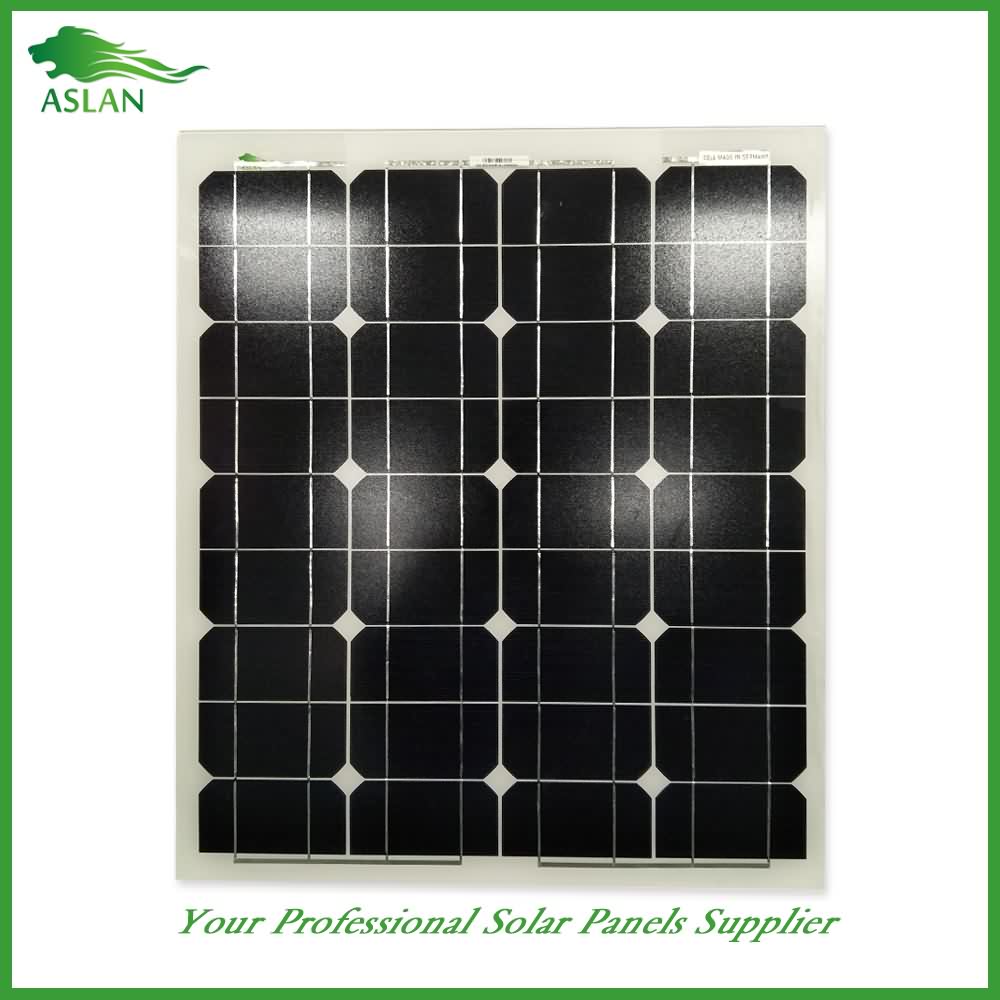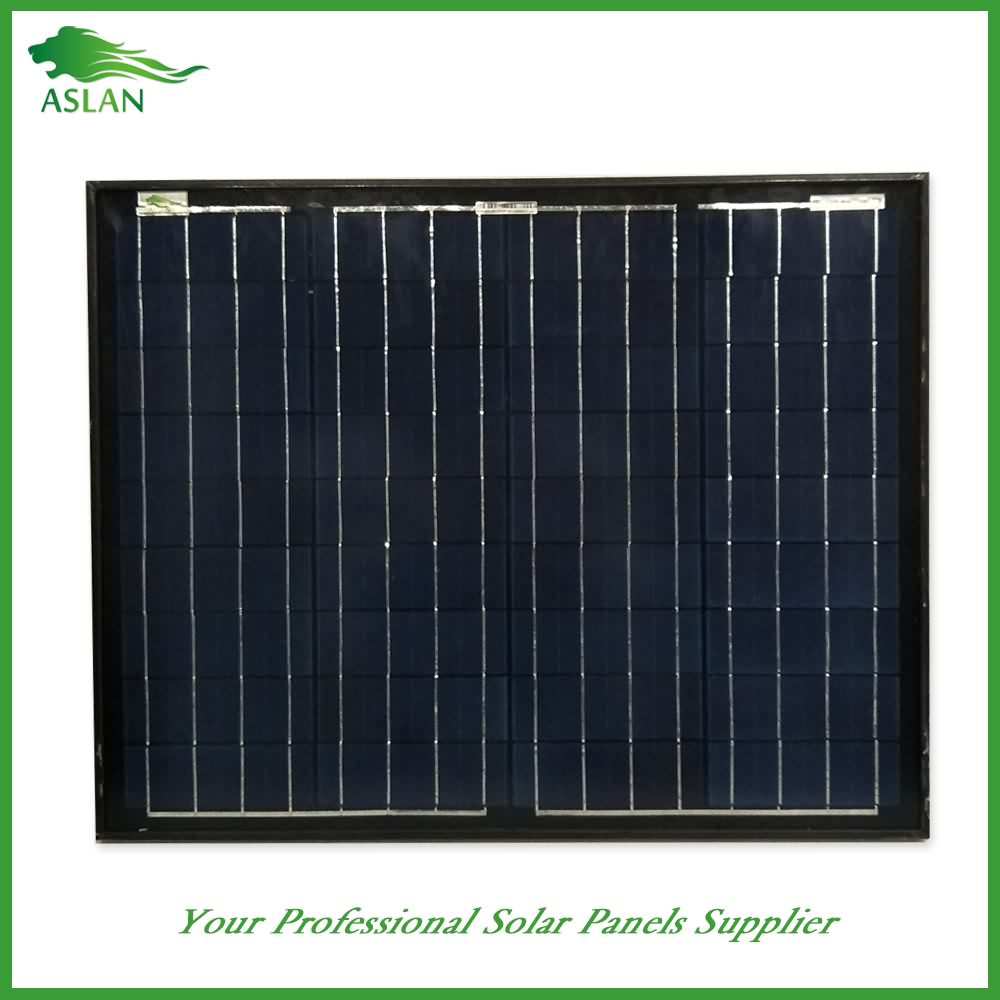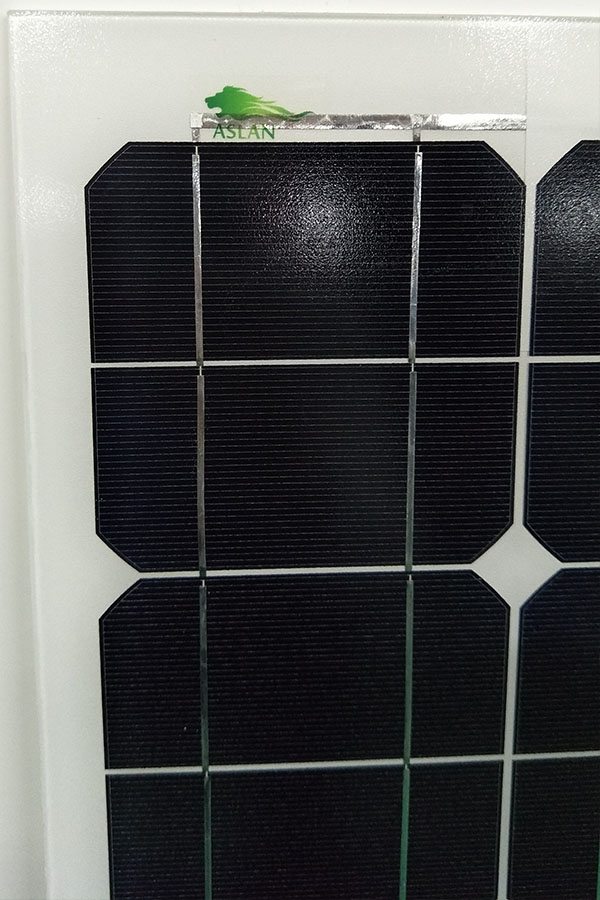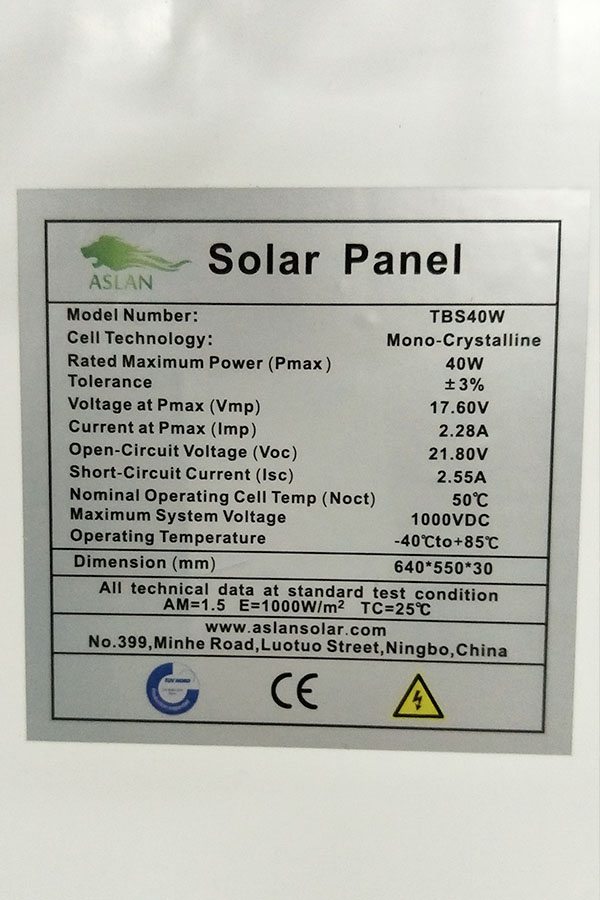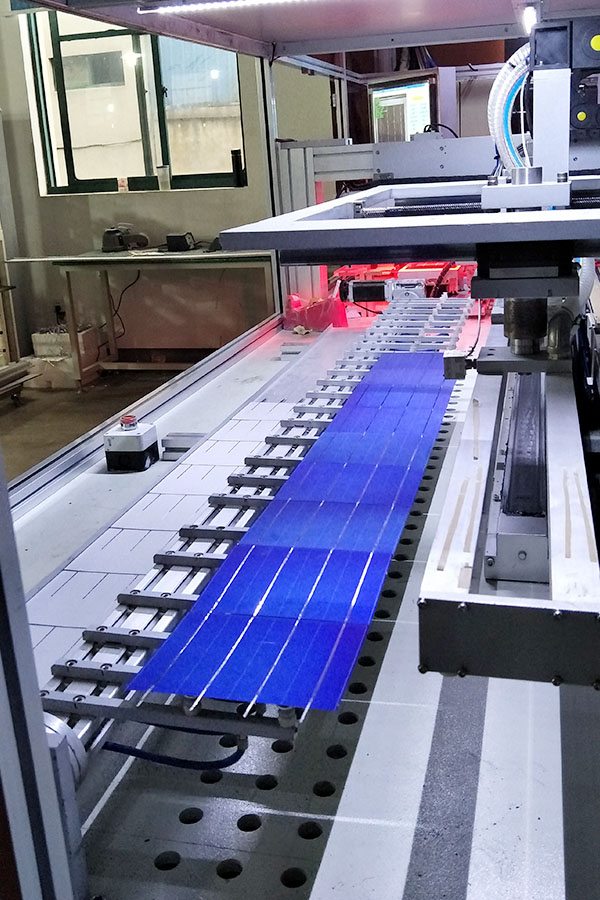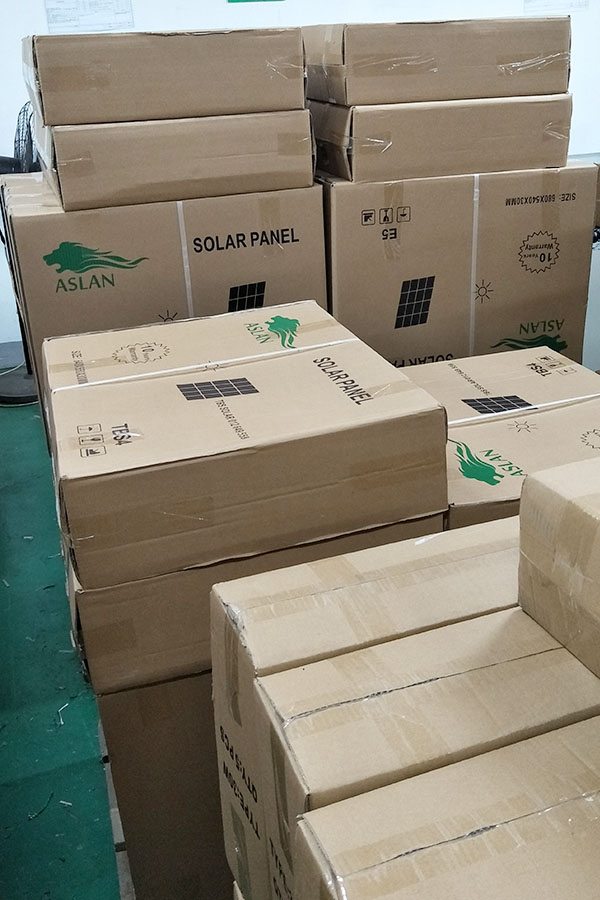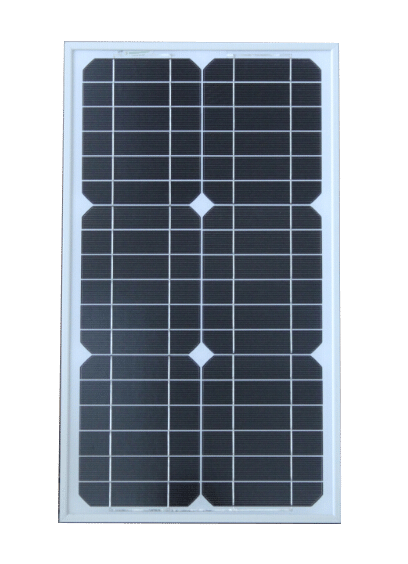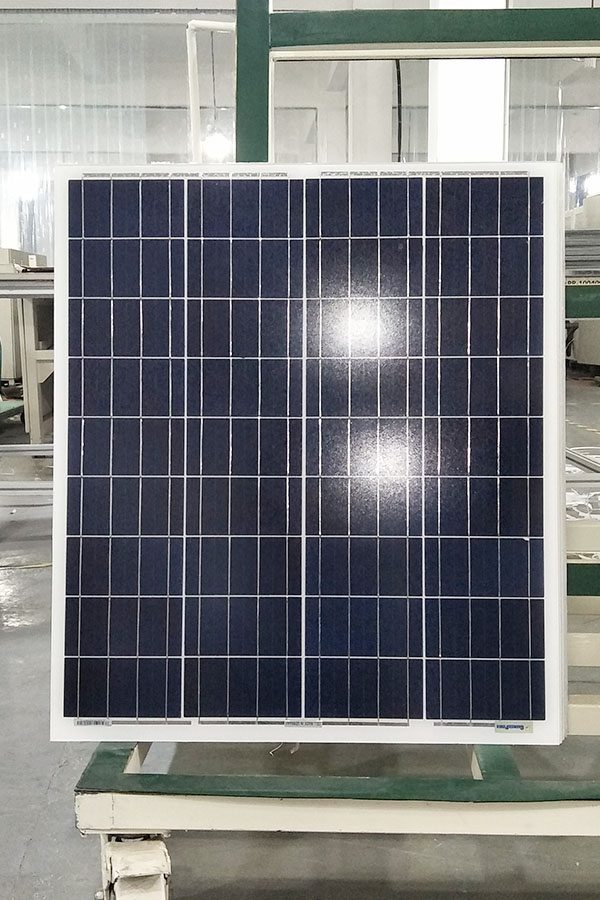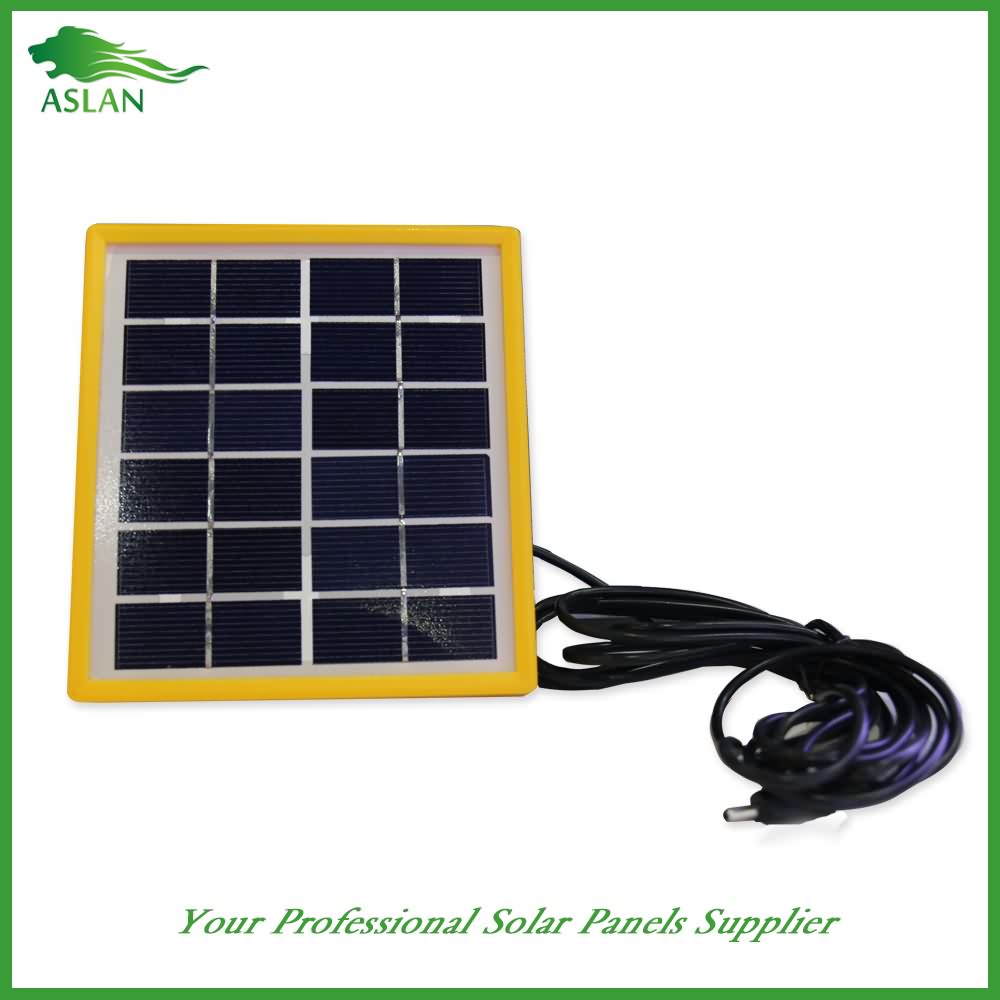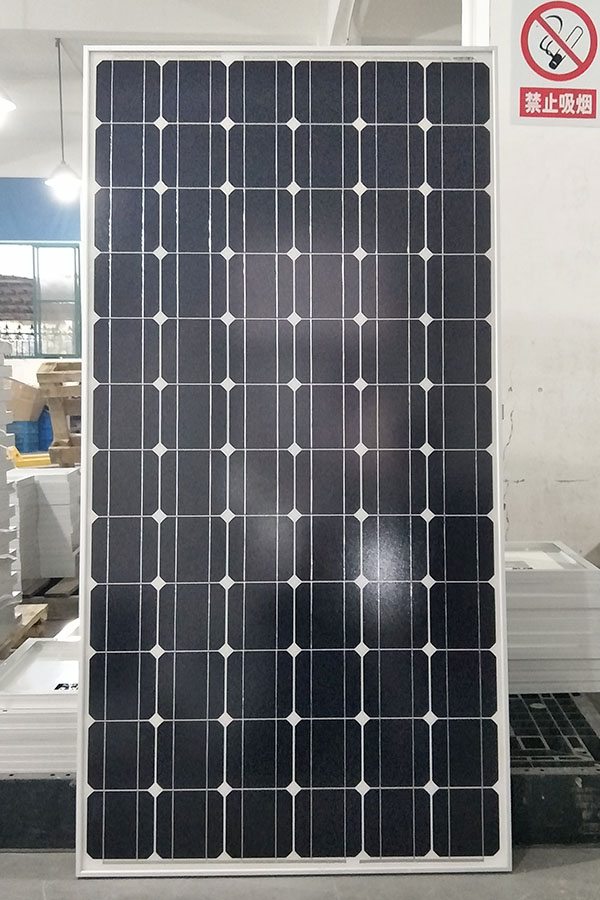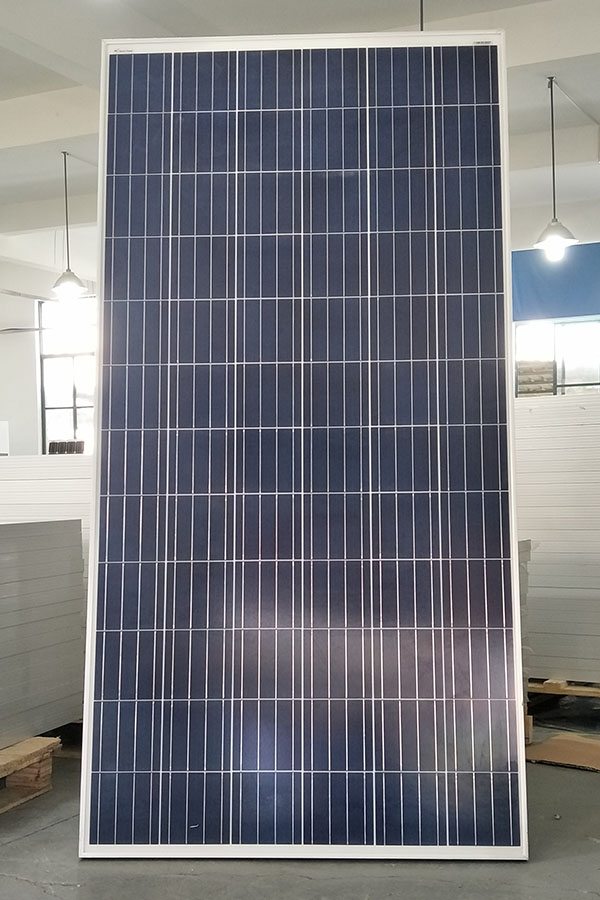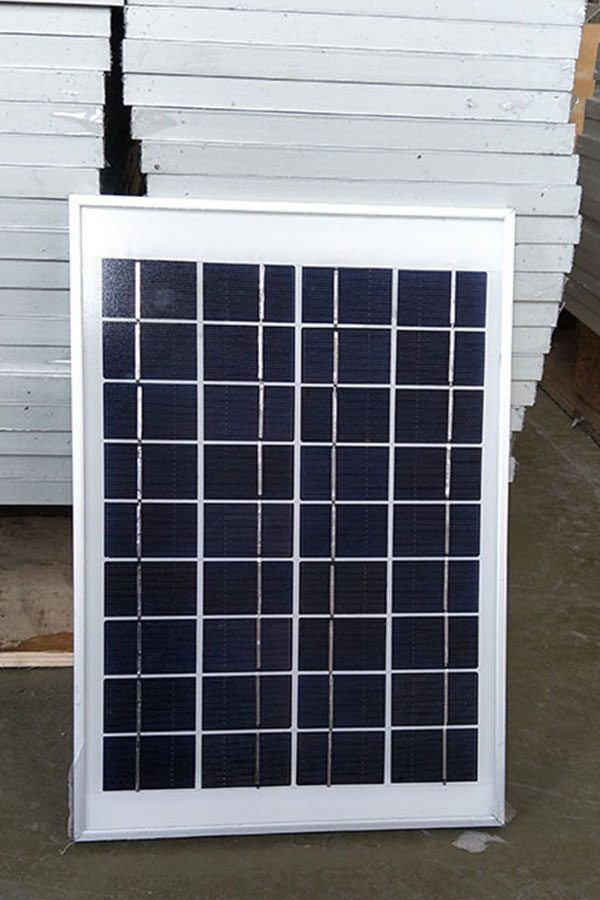21 Years Factory Mono-Crystalline 40W Solar Panel for Melbourne
Short Description:
To be the stage of realizing dreams of our employees! To build a happier, more united and more professional team! To reach a mutual benefit of our customers, suppliers, the society and ourselves for 21 Years Factory Mono-Crystalline 40W Solar Panel for Melbourne, Welcome friends from all over the world come to visit, guide and negotiate.
Mono-Crystalline 40W Solar Panel
Technical parameter
Maximum Power(W) 40W
Optimum Power Voltage(Vmp) 18.21V
Optimum Operating Current(Imp) 2.20A
Open Circuit Voltage(Voc) 21.83V
Short Circuit Current(Isc) 2.40A
Mechanical Characteristics
Cell Type Mono-crystalline 125×62.5mm
No of Cell 36 (4x9pcs)
Dimensions 636x554x25mm
Weight 4.2Kg
Front Glass 3.5mm,High Transmission, Low Iron,Tempered Glass
Junction box IP65 Rated
Output Cable TUV 1×4.0mm2/UL12AWG,Length:900mm
Temperature and Coefficients
Operating Temperature(°C): -40°C ~ + 85°C
Maximum System Voltage: 600V(UL)/1000V(IEC) DC
Maximum Rated Current Series: 15A
Temperature Coefficients of Pmax: -0.47%
Temperature Coefficients of Voc: -0.389%
Temperature Coefficients of Isc: 0.057%
Nominal Operationg Cell Temperature (NOCT): 47+/-2°C
Materials of solar panel
1).Solar Cell——Mono-crystalline solar cell 125*62.5mm
2).Front Glass——-3.2mm, high transmission, low iron, tempered glass
3).EVA——-excellent anti-aging EVA
4).TPT——-TPT hot seal made of flame resistance
5).Frame——anodized aluminum profile
6).Junction Box——-IP65 rated, high quality, with diode protection
Superiority: high quality anodized aluminum frame, high efficiency long life, easy installation, strong wind resistance, strong hail resistance.
Features
1. High cell efficiency with quality silicon materials for long term output stability
2. Strictly quality control ensure the stability and reliability, totally 23 QC procedures
3. High transmittance low iron tempered glass with enhanced stiffness and impact resistance
4. Both Poly-crystalline and Mono-crystalline
5. Excellent performance in harsh weather
6. Outstanding electrical performance under high temperature and low irradiance
Quality assurance testing
Thermal cycling test
Thermal shock test
Thermal/Freezing and high humidity cycling test
Electrical isolation test
Hail impact test
Mechanical, wind and twist loading test
Salt mist test
Light and water-exposure test
Moist carbon dioxide/sulphur dioxide
An experimental research is carried out on a 500 watts Solar Photovoltaic Powered Irrigation System (SPPIS) powered by two 250 watts PV panels to measure the performance of solar irrigation system. This performance measurement of SPPIS is analyzed as a function of weather, time, day and orientation at Wright State University, Dayton OH. The system is comprised of three basic blocks i.e. power production system, irrigation system and diagnostic or Data Acquisition (DAQ) system. The power production system includes solar photovoltaic panels, solar translator and electronics. The irrigation system consists of 100 watts DC pump and irrigation tubing etc. The diagnostic part contains the sensors to collect real time data as temperature, pressure, voltage, current, flow rate, solar insolation and water level.
The goal of this project is to examine the behavior of system and resulting effects caused by associated parameters such as temperature, solar insolation, and characteristics of voltage and current, etc. on overall performance of system. The diagnostics or DAQ of the system is structured in such a way that every single component’s behavior can be evaluated and its corresponding effects on irrigation system. The acquired data will be studied to assess the conditions under which the SPPIS performs at its best. The important part of this research is to identify the factors that regulate the current-voltage curve characteristics. Based on the acquired data of optimum performance of the system results such tilt angle, temperature effect on power output, and characteristics of voltage and current, the functions of electronics as Maximum Power Point Tracking (MPPT) and the battery performance under various load or weather conditions could be assessed.
Energy sources in informal settlements like Seaview are often unreliable and can be dangerous to the lives and homes of residents. An energy company in Mandela Bay, South Africa is providing solar panels and work opportunities for residents to install a safer alternative energy source.
